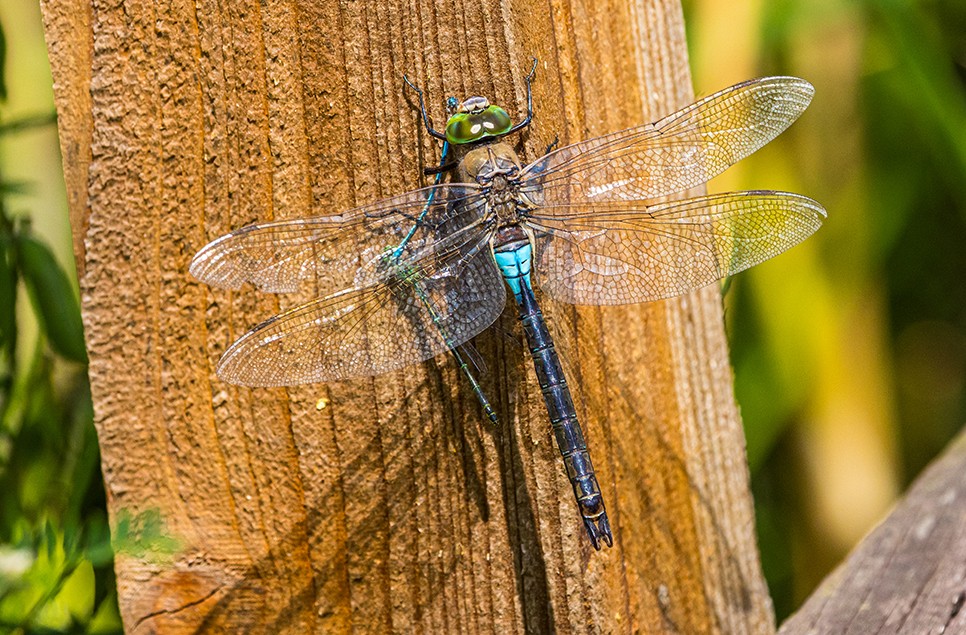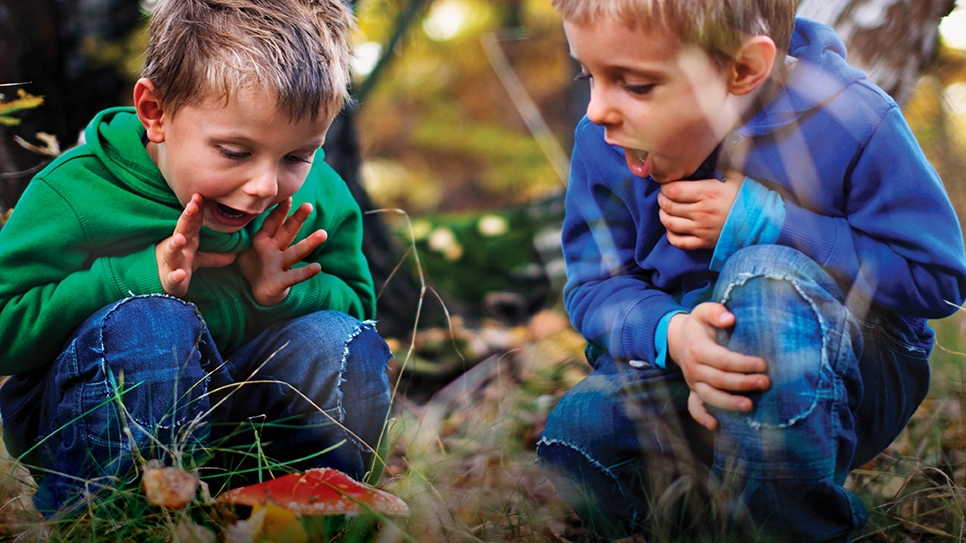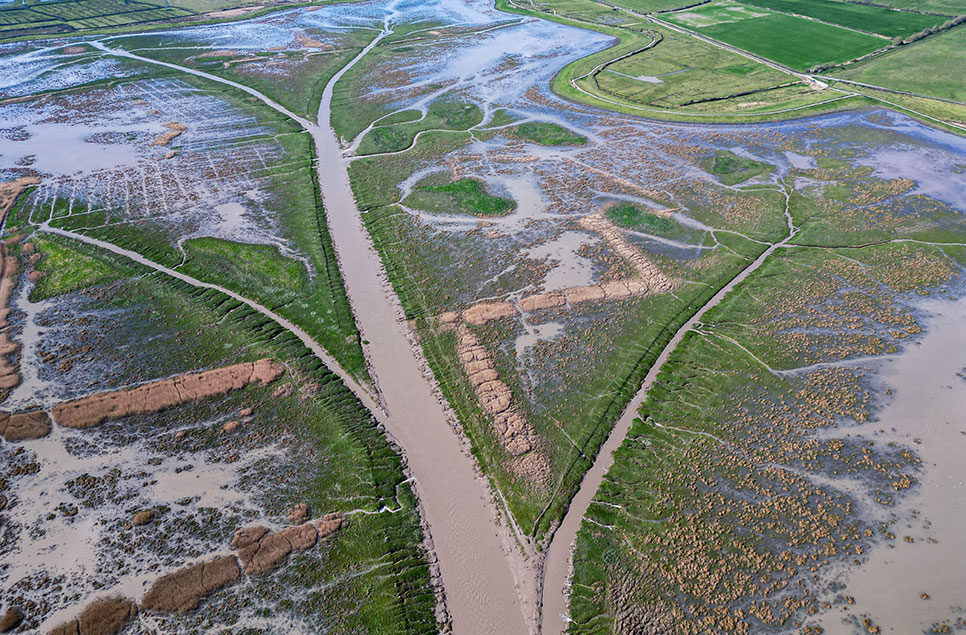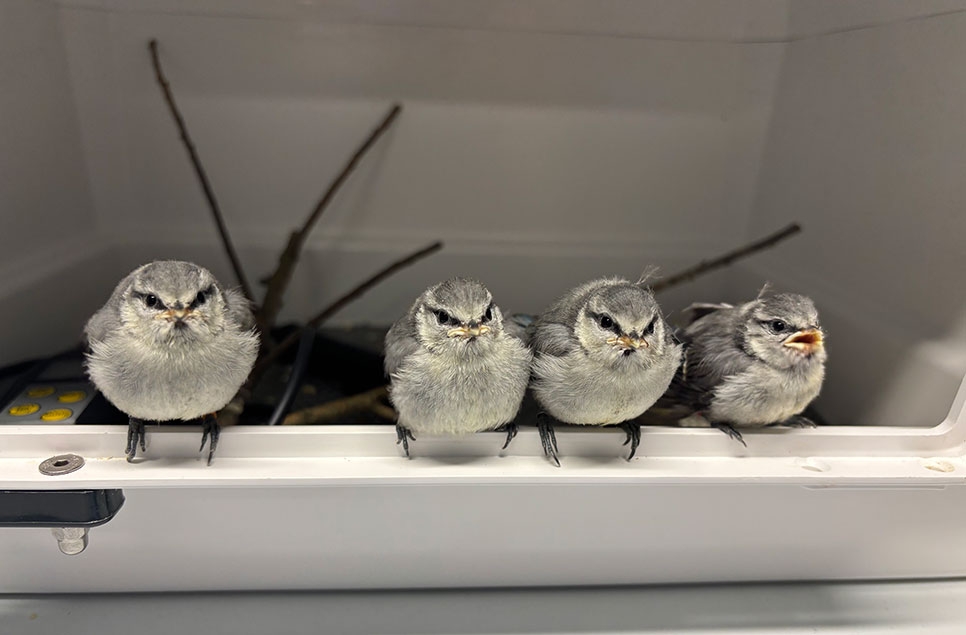Who's who in the Caribbean nesting colony?
The Caribbean flamingos, currently sitting on their (wooden) eggs are a noisy, argumentative yet fascinating bunch that, if you have the time to sit and watch for a short while, will provide an interesting spectacle and entertaining insight into how flamingos get on with those around them. For those with binoculars (or very good eyesight if you're sat on the picnic benches by the restaurant!) you will be able to pick out birds that are heavily involved in this current nesting season. Birds that have been identified so far include RFI, RFX, RGH, NAA, GDV, RFU, RGJ, RGP and RDT (these codes are the large plastic Darvic rings that can be seen on a bird's leg). There are also a couple of un-ringed birds that have built nests too and are incubating wooden eggs. Several of these flamingos are very large, tall, feisty and brightly-coloured birds and it would come as no surprise that they have taken an active role in breeding. Flamingo procreation centres quite closely around the importance of individual appearance so that a whole flock will invest in nesting. A group of these more domineering individuals is what is needed to encourage breeding attempts in captivity as they will spear-head the nest building process and encourage more birds to join in.
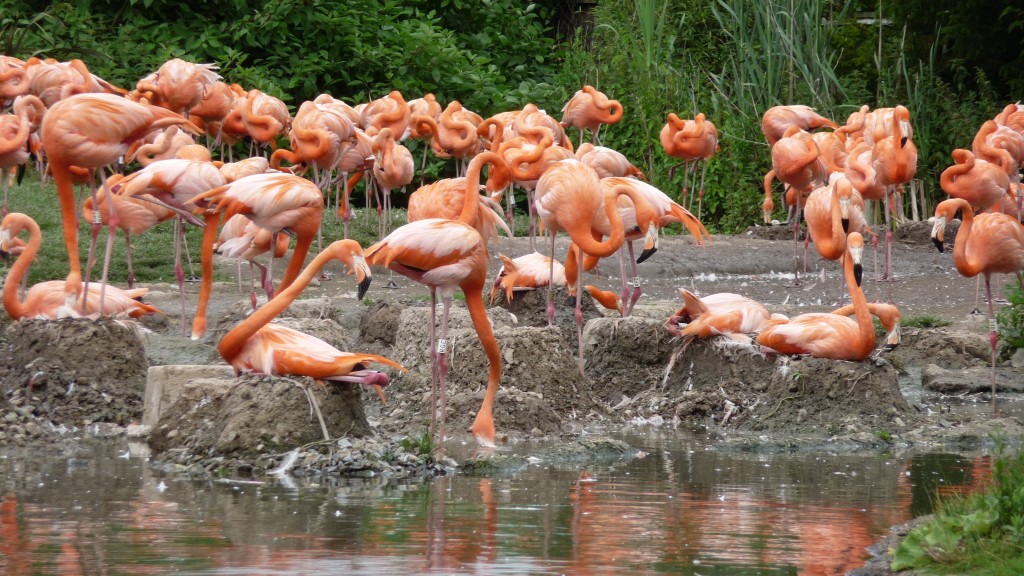
So why the wooden eggs? Basically, as an insurance policy against theft from herring gulls and lesser black-backed gulls that you can often see soaring over the grounds. Flamingos also like to quarrel with their neighbours and there could be a danger of eggs being knocked off nests and smashed. As these birds are of global importance and breeding is a key role of WWT for flamingo conservation, they get extra TLC to ensure the maximum number of young can be raised each season. When a flamingo lays an egg, this will be removed by Phil or another avic and popped into the safe confines of an incubator in the Slimbridge duckery. The flamingo is given a wooden egg of the same size and shape to sit on for the number of days that the egg would take to hatch. When the chick begins to pip (the first signs of it breaking out of the egg), the real egg is swapped with the wooden egg back on the nest, and the adult bird is none the wiser as a chick still hatches out underneath it for it to care for. The nest site is mapped, and each nest and egg is numbered to ensure that the right chick is reunited with the right parent.
